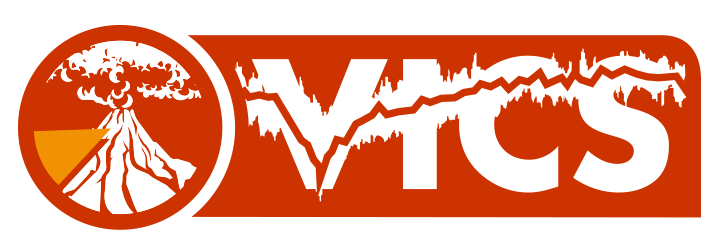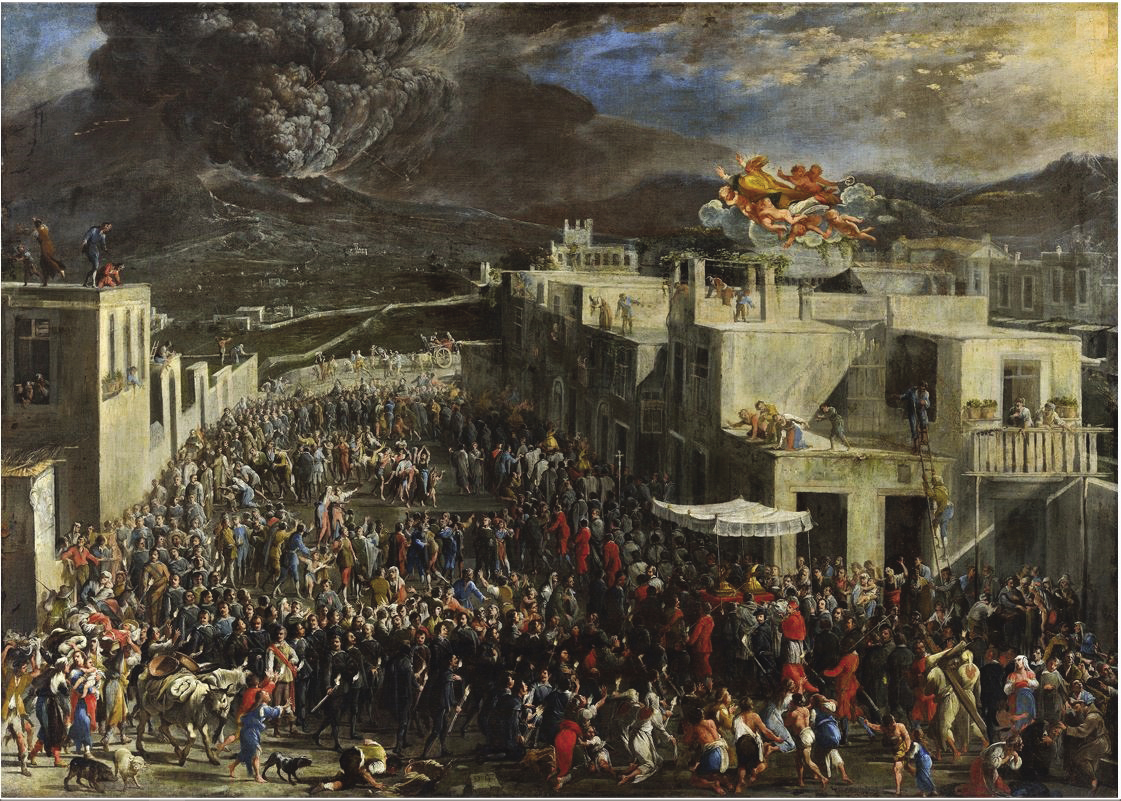- Home
- Publications
- PAGES Magazine
- Interdisciplinary Views On The Impacts of Volcanic Eruptions: From Global To Personal
Interdisciplinary views on the impacts of volcanic eruptions: from global to personal
Toohey M, Ludlow F, LeGrande A, Anchukaitis KJ & Sigl M
Past Global Changes Magazine
24(2)
78
2016
Matthew Toohey1, F. Ludlow2, A. LeGrande3, K.J. Anchukaitis4 and M. Sigl5
VICS workshop, Palisades, USA, 6-8 June 2016
The inaugural workshop of the PAGES Volcanic Impacts on Climate and Society (VICS) working group convened approximately 50 established and early-career researchers from across Europe, North America, South America and Asia. Attendees, representing a wide range of research fields, presented on topics grouped into three broad themes: reconstructing volcanic activity and climate forcing through time, climatic responses to volcanic eruptions, and societal resilience and vulnerability to volcanically induced climate change. Discussion sessions focusing on key cross-cutting scientific questions were held to stimulate brainstorming of potential products for the working group.
The importance of well-dated and accurate reconstructions of past volcanic activity was repeatedly acknowledged throughout the workshop. Ice cores provide perhaps the most complete record of global volcanism, with recently compiled and re-dated sulfate records allowing an estimation of the timing and magnitude of volcanic forcing back to 500 BC (Sigl et al. 2015), an advance that several attendees employed to refine our understanding of volcanic climatic and societal impacts. Developments were also showcased in the analysis of tephra particles in ice cores that allow volcanic sulfur signals to be traced to their source volcano, providing a link to the vast geological databases of volcanic eruptions. Attendees examined the challenges of translating proxies of past volcanism into knowledge of the associated radiative forcing, and highlighted the knowledge gained from the observation and modeling of recent, well-observed eruptions. Ongoing improvements in our ability to measure the isotopic signature of volcanic sulfur were also examined for their potential to reduce uncertainties in the radiative forcing inferred from the ice-core sulfate record.
Improvements in the spatial and temporal coverage and resolution of climate proxy records are allowing researchers to assess the impact of past volcanism on climate with increasing confidence. Speakers presented volcanic signatures in tree rings, speleothems, corals, glaciers and other proxies which reflect both the general global cooling that results from volcanic stratospheric aerosols, but also changes in atmospheric circulation and precipitation, including significant changes in monsoon-dependent agricultural regions now home to over 70% of the Earth’s population. Recent work on the 1815 eruption of Tambora suggests that the main contributor to the cold and wet conditions in Switzerland was changes in atmospheric circulation, not the decrease in solar radiation from aerosol backscattering (Brönnimann and Krämer 2016). There are hints that expected circulation responses to volcanic forcing, such as the “winter warming” pattern over the Northern Hemisphere continents, can in fact be reproduced by climate models, but remaining notable discrepancies between simulated and reconstructed post-volcanic anomalies were highlighted. Speakers presented ongoing efforts to address such discrepancies through improved implementation of volcanic eruptions across climate models, and through collaborative standardized model experiments (Zanchettin et al. 2016).
Historical sources are increasingly recognized as providing valid paleo-climatic data at high spatial and temporal resolutions to complement instrumental records, tree-rings and other proxies (e.g. Gao et al. 2016). Of societal responses, historical sources are revealing not only of the immediate landscape and social impacts of eruptions (Fig. 1), but also how past societies coped with abrupt volcanically induced climatic shocks. Workshop participants thus presented societal-impact case studies from locations ranging from the far north, where agricultural societies were very susceptible to changes in summer temperature, to the tropics, where variations in the monsoons or river runoff had major agricultural impacts. These studies show how historians have rapidly incorporated recent advances in volcanic-forcing histories, and signaled that much more can be learned. Societies were not vulnerable in the same way in different seasons, for example, and the seasonality and scale of volcanic climatic impacts may differ with the location and timing of eruptions. Further advances can thus be achieved by closer dialogue between climate scientists, historians and other scholars of the human past.
acknowledgements
We thank PAGES, the Climate Center of the Lamont-Doherty Earth Observatory and NASA Goddard Institute for Space Studies, and the Yale Climate History Initiative for financial support.
affiliations
1GEOMAR Helmholtz Centre for Ocean Research Kiel, Germany
2Department of History, Trinity College Dublin, Ireland
3NASA Goddard Institute for Space Studies, New York, USA
4School of Geography and Development, and Laboratory of Tree-Ring Research, University of Arizona, Tucson, USA
5Paul Scherrer Institute, Villigen, Switzerland
contact
Matthew Toohey: mtoohey geomar.de
geomar.de
references
Brönnimann S, Krämer D (2016) Geogr Bern G90, doi: 10.4480/GB2016.G90.01
Gao C et al. (2016) Quat Int 394: 180-193

